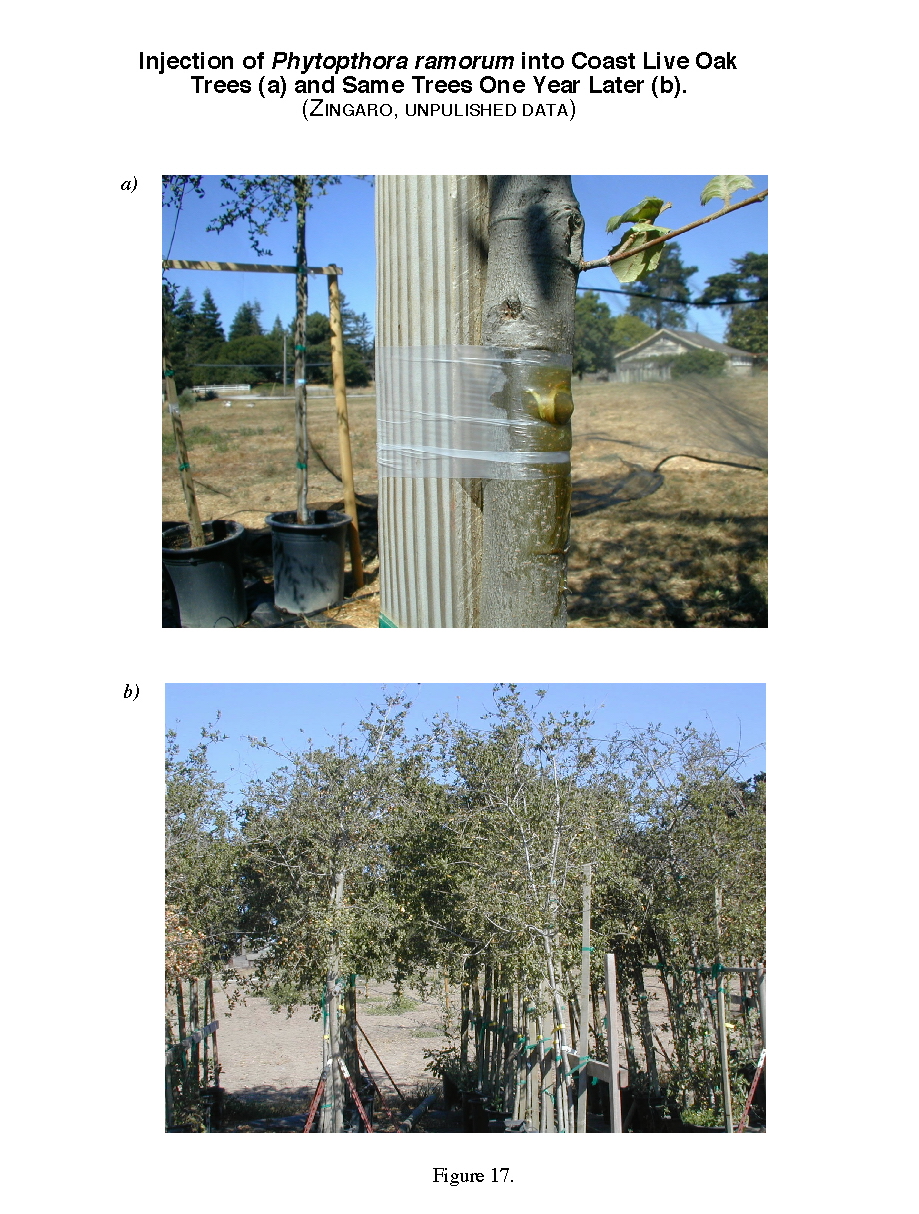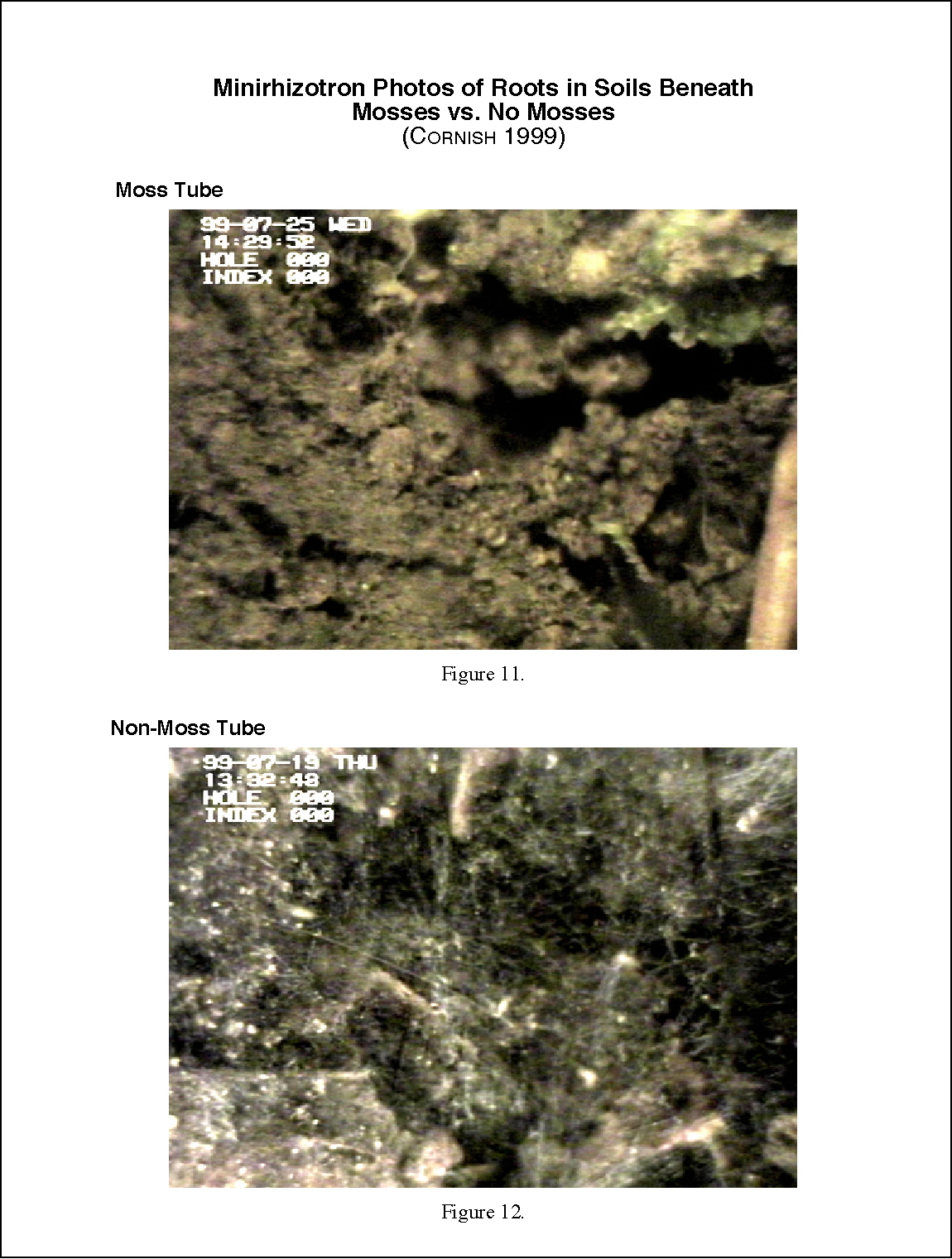Tree Decline Article
ALL TREE DECLINES ARE THE SAME.docx
ALL TREE DECLINES ARE THE SAME
By Ralph J. Zingaro-Consulting Arborist at saveyourtrees.com
How do I know this fact? For the past 60 years I have been studying Dogwood decline, Elm Disease, Sudden oak death, Pine pitch canker, Hemlock Decline, Ash Decline, Beech decline, Sugar maple decline and numerous other insect and disease infestations of forest and landscape trees. And trying to kill these various opportunistic pathogens and insects does not save trees. These insects and diseases whether considered native or "extotic" are all the same. They are merely responding to a severely damaged ecosystem. These various insects and diseases are the "vultures" of the forest and only invade weak trees with compromised immune systems.
How do I know this?Instead of attending the many numerous arborist meetings that focus on the opportunistic secondary “vultures” of the forest , I have chosen to attend ecosystem studies worldwide that focus on the ecosystem as a whole rather than various secondary agents that are simply responding to a damaged ecosystem. That is not to say that studying specific fungi, bacteria, viruses and insects is not an interesting endeavor, but , in my opinion does little to solve the root of the problem which is in the “roots” of trees that have severely impacted by Acidification worldwide. Yes, that includes Acid Rain, which hasn’t gone away. And acid rain does occur worldwide, not only in the Northeast of USA but worldwide.How do I know this? I have attended the international Acid Rain conference in Europe. The picture above was taken in the Black Forest where the effects of Acid Rain were first discovered decades ago. Here in the United States Acid Rain was first documented by the Hubbard Brook Ecosystem Study in New Hampshire in 1955 where I have attended cooperator meetings for the past 25 years. Acid Rain hasn’t gone away it just keeps killing trees while we do nothing to reverse it. I here to tell you that all the pesticides in the world will not save your trees while acid rain is literally killing the roots on your trees. And it’s an easy fix! Remember the PH level of soils????
How does this work?Acid Rain and acidification strips soils of valuable calcium in the soil and initiates toxic heavy metals like aluminum to attack tree roots. Aluminum is insoluble at high ph but becomes available at low ph. Aluminum literally acts like a herbicide on tree roots.This has been documented by leading scientists worldwide. In addition, calcium is essential to the operation of the cells of trees. Without calcium trees are predisposed to numerous diseases and insect attacks. This lack of calcium also makes trees more susceptible to cold and freeze injury. The freeze and frost injury usually leads to secondary infestations of insects and diseases that can be fatal to trees.The problem is the calcium deficiency caused by acidification , the disease and insects are simply doing their jobs of degrading organic matter. Killing the bugs with pesticides does not solve the tree decline. Only replacing the lost calcium or stimulating the “immune” system of the tree by boosting the damaged mycorrhizal associations in the soil will solve these declines. Get to the “root” of the problem.
So what is the answer you might ask to this worldwide tree killer. Lime. Yes, lime or calcium carbonate that is cheap and plentiful and why aren’t we using it?The answer to that is the pesticide industry that markets useless toxic pesticides that don’t save trees. They just kill bugs but don’t save trees because the problem in in the root system and is an inexpensive and easy fix. The mill tax supports the pesticide regulatory industry. Lime doesn’t support anyone because it’s cheap and effective. In Europe in fact millions of metric pounds of lime are applied to lakes, streams and forests with stunning results. The tree roots are growing back and forest insects and diseases have become less prevalent. In another controlled ecosystem study at Hubbard Brook and entire ecosystem was amended with calcium silicate with similar results. Tree health is improving as the roots grow back after toxic aluminum is tied up again. In fact one study showed an improvement in wound closure of sugar maple trees. In addition, mycorrhizal associations which are essential to tree growth and damaged by acid rain have also shown a significant improvement. Lime or calcium additions to soils are a sustainable solution to a worldwide problem.
All of this occurs naturally underground and is invisible of course to the naked eye. But, as with many things in the world, what we can’t see is what is harming our trees. However there is a method of establishing the amount of acidification in the soil.Mosses. Yes mosses thrive in acidic environments and can actually contribute it’s fair share of organic acids to the ecosystem. Yes, mosses kill trees too and they are part of the acidification picture. Try this, the next time you see mosses, stick a shovel into the soil where the moss mat is, and there will be no roots growing under the moss. How do I know this? Scientists working at a national lab (NCAR) installed mini-rhizotron cameras underground and measured root loss from acidification from acid rain and mosses. And they have also concurrently measured root growth after liming the soil.
Case Study:
Sudden Oak Death is classified as a Phytophthora ramorum infection in Coastal Live Oaks(Quercus agrifolia) . Yet, when we insert this causal agent in young vigorous oak trees that have been fertilized with Potassium phosphite(Reliant) a supplemental fertilizer they don’t die. It’s only the older trees that have been impacted by acidification that succumb to this disease. How do I know this, I spearheaded the invitro and invivo research that proved these trees were predisposed to acidification first before infection. The toxic fungicides were effective in controlling fungi but mostly ineffective in saving these valuable oak trees in the landscape and forest. The only way to save these trees is by reversing the acidification of the soil or applying a supplemental nutrient by injection or basal bark treatment with and organosilicone spray (Pentrabark) to aid the translocation into the xylem and phloem. Potassium phosphite also has an added benefit of improving mycorrhizal associations in fine feeder roots damaged by acidification. Initially these coastal live oaks were being attacked by masses of Ambrosia Beetles. Toxic Synthetic Pyrethroid insecticides were sprayed on the trunks of trees which did a great job of controlling beetles but did not save trees. Very often the question arose “ where is the acidification coming from” ? Out west there is a belief that Acid Rain does not occur because there is no industry west of California. The answer is the ocean, yes the ocean produces hydrogen sulfide and yes, the air pollution from Europe travels on the jet stream to the West Coast also. It is also interesting to note that research has proven that the ancient Giant Sequoias ( Sequoia gigantea) are actually fertilized by mineral dust transported by trade winds from the Sahara desert to the Sierra mountains of California. The American Indians apparently knew this and transported crushed oyster shells from coastal California and applied them to the drip lines of these magnificent trees, otherwise that would all likely be all dead now from acidification.


Stunning, amazing, enlightening, these are just a few of the reactions I have witnessed after giving hundreds of presentations to arborists, horticulturists, gardeners, researchers and homeowners worldwide.
For more information contact the author at 707-338-1420 or by email at ralph.zingaro@gmail.com
